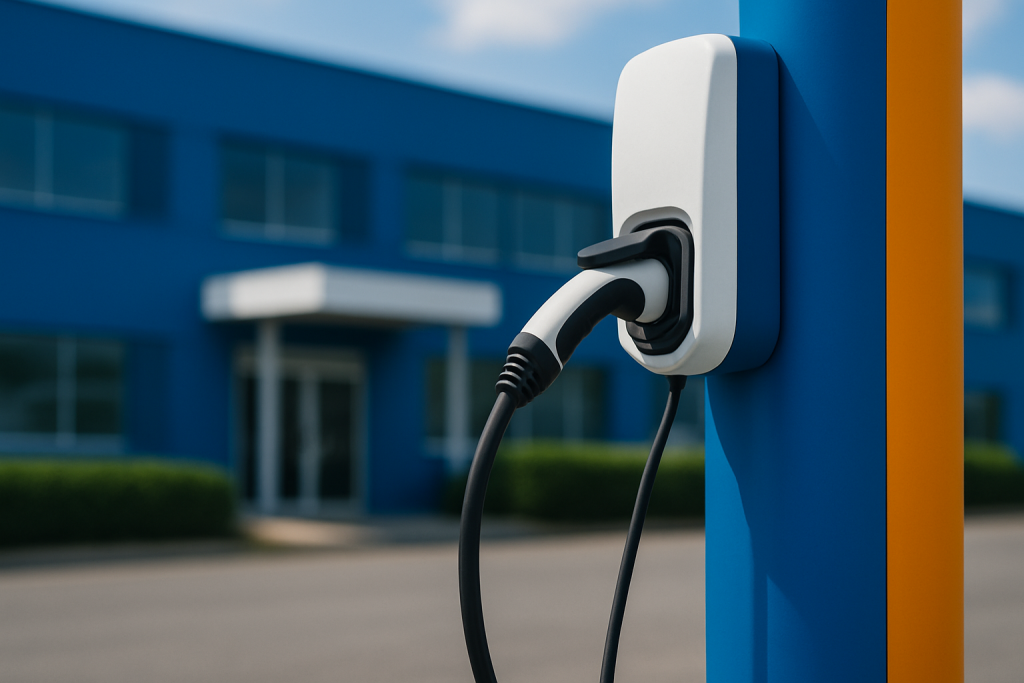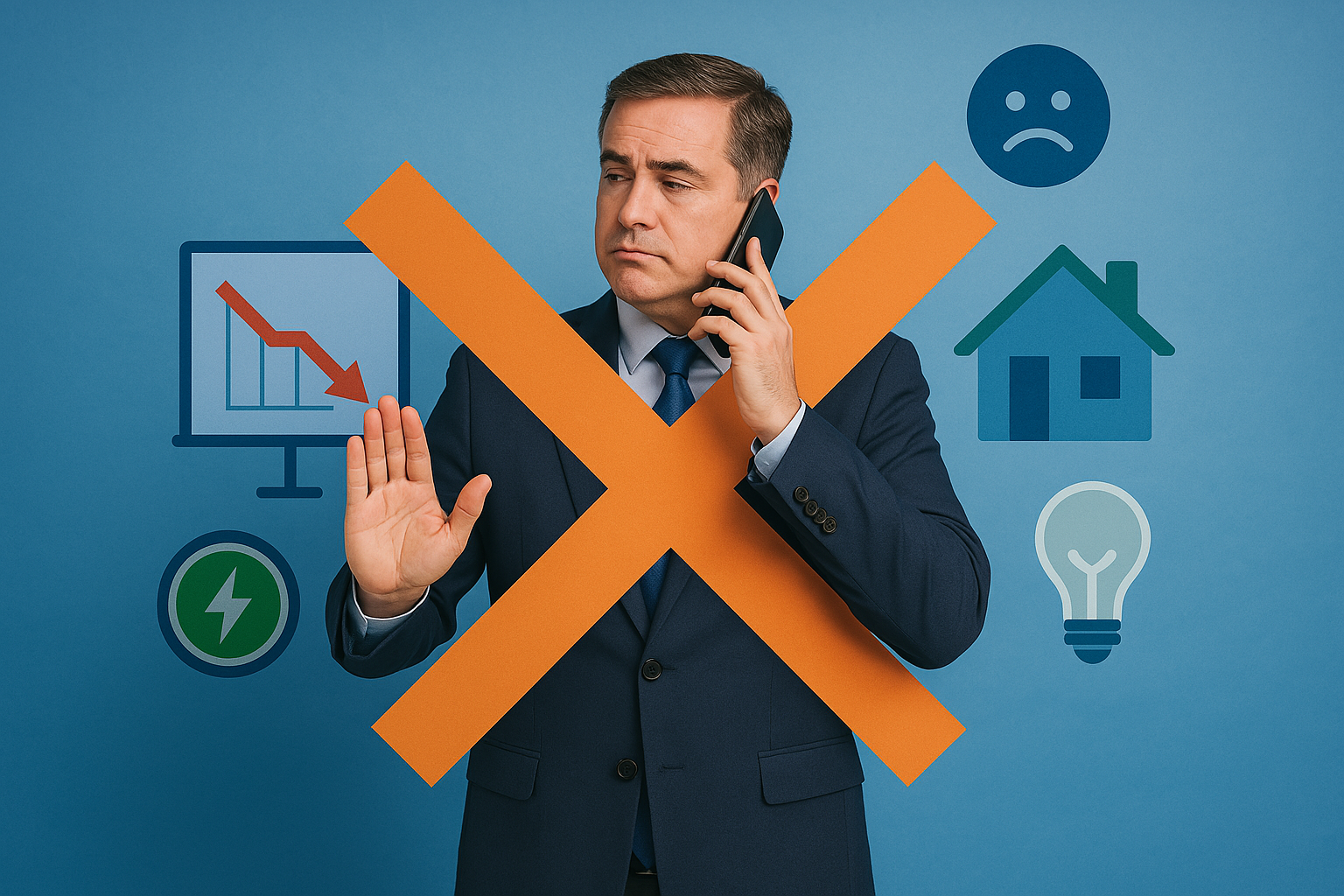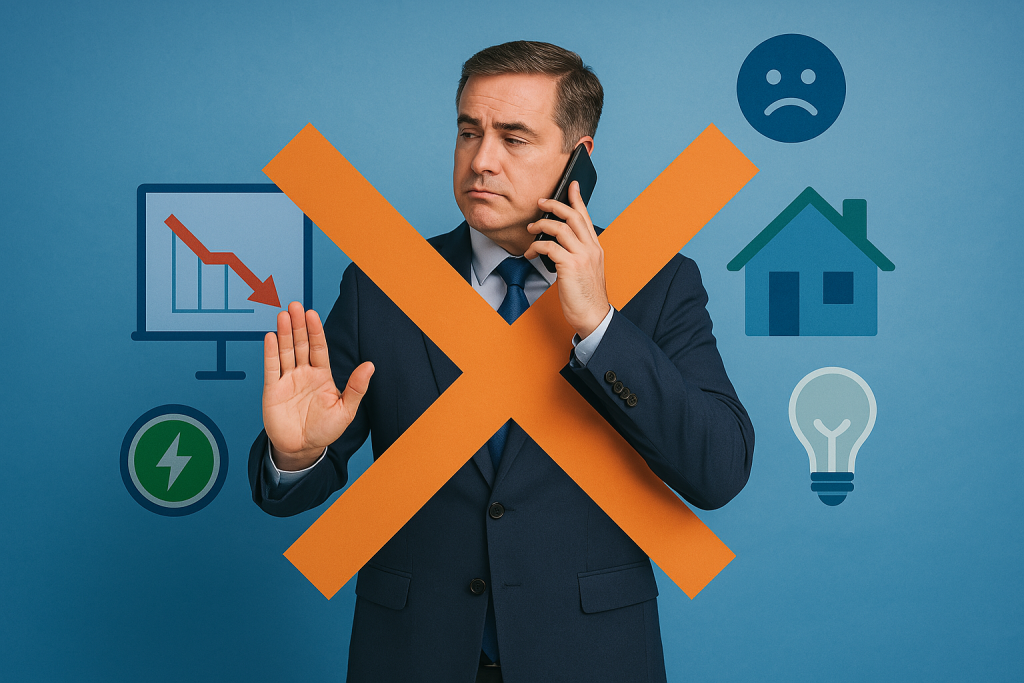Sales leaders often don’t realise their pipeline is reactive until it’s already hurting performance. Deals start slipping, forecasts become fiction, and the team is stuck in a cycle of chasing rather than closing.
By the time most sales teams acknowledge there’s a problem, it’s already critical. And while quick fixes might keep things afloat in the short term, they won’t build predictable revenue.
If your pipeline relies on luck, last-minute heroics, or one or two key accounts coming in ‘just in time’, you’re already at risk.
The good news? It’s fixable – if you act fast.
First: Do you have a reactive pipeline?
Here are five warning signs:
Peaks and troughs in monthly pipeline value
Inbound-heavy strategies with minimal outbound activity
Late-stage pressure to “find” deals before quarter-end
No structured prospecting rhythm across the team
Sales forecasts based on gut feel, not verified data
If any of these feel familiar, your pipeline isn’t futureproof – and it’s time to take control.
Why reactive pipelines happen
Most reactive pipelines are the result of one thing: neglecting top-of-funnel activity. When prospecting is inconsistent or deprioritised, pipeline coverage becomes patchy. Add in over-reliance on marketing or referrals, and you’ve got a pipeline vulnerable to external market shifts.
There’s also a cultural factor. Sales teams often fall into ‘delivery mode’ – focused on closing or servicing existing deals, rather than fuelling the funnel for future months. By the time attention returns to new business generation, it’s already too late.
Fixing it: A practical playbook for regaining control
Diagnose the gaps
- Analyse your pipeline by source, stage, and age.
- Look for bottlenecks, drop-offs, or channels delivering diminishing returns.
Reset the prospecting culture
- Daily outbound activity must be non-negotiable, not optional.
- Equip the team with clear messaging, targeted data, and accountability frameworks.
Build an outbound motion that scales
- Relying on individual effort alone won’t cut it.
- Invest in a systematic outbound engine combining automation, personalisation, and multi-channel outreach.
Rebuild forecasting from the ground up
- Start with pipeline coverage and conversion rates – not wishful thinking.
- Hold regular, realistic pipeline reviews that focus on progression, not just volume.
Align sales and marketing on pipeline goals
- Marketing should be focused on generating demand, not just leads.
- Shared ownership over pipeline health drives consistency across channels.
The mindset shift: from reactive to repeatable
Fixing a reactive pipeline isn’t about finding a silver bullet. It’s about building a machine – one that prioritises daily pipeline activity, empowers your team with the right tools and insight, and aligns every effort to a consistent revenue rhythm.
Don’t wait for the next dry month to take action. The earlier you fix the foundation, the sooner you gain predictability – and the confidence that comes with it.
Ready to futureproof your pipeline?
Discover how Air Marketing helps sales leaders build sustainable, repeatable outbound strategies that deliver results.
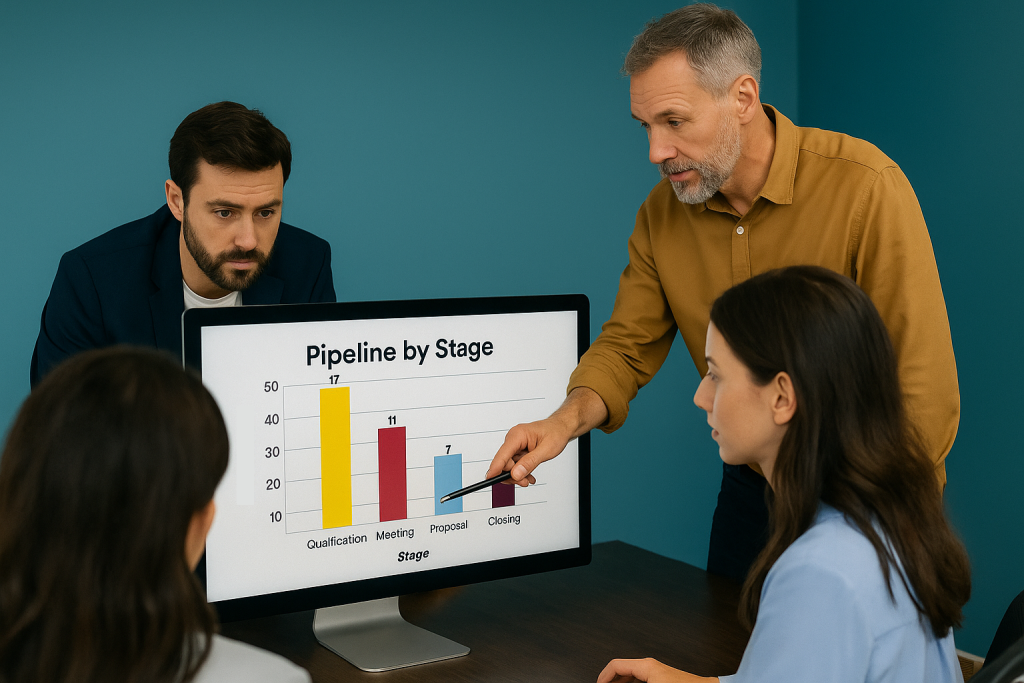
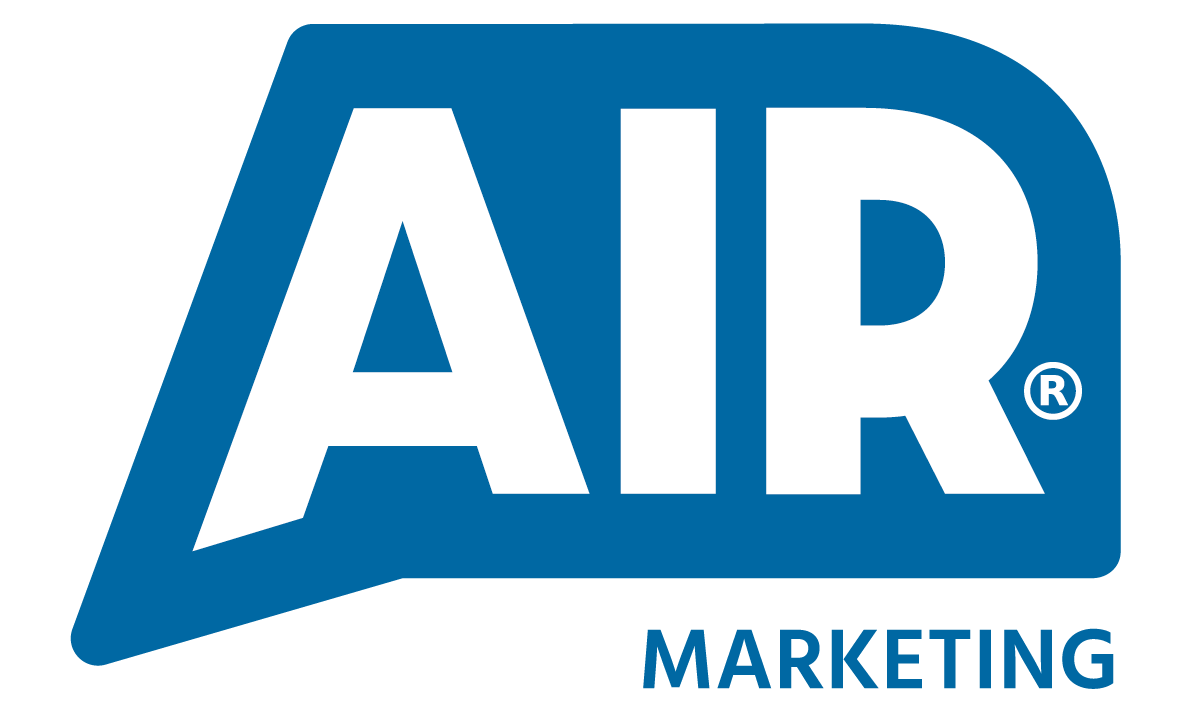
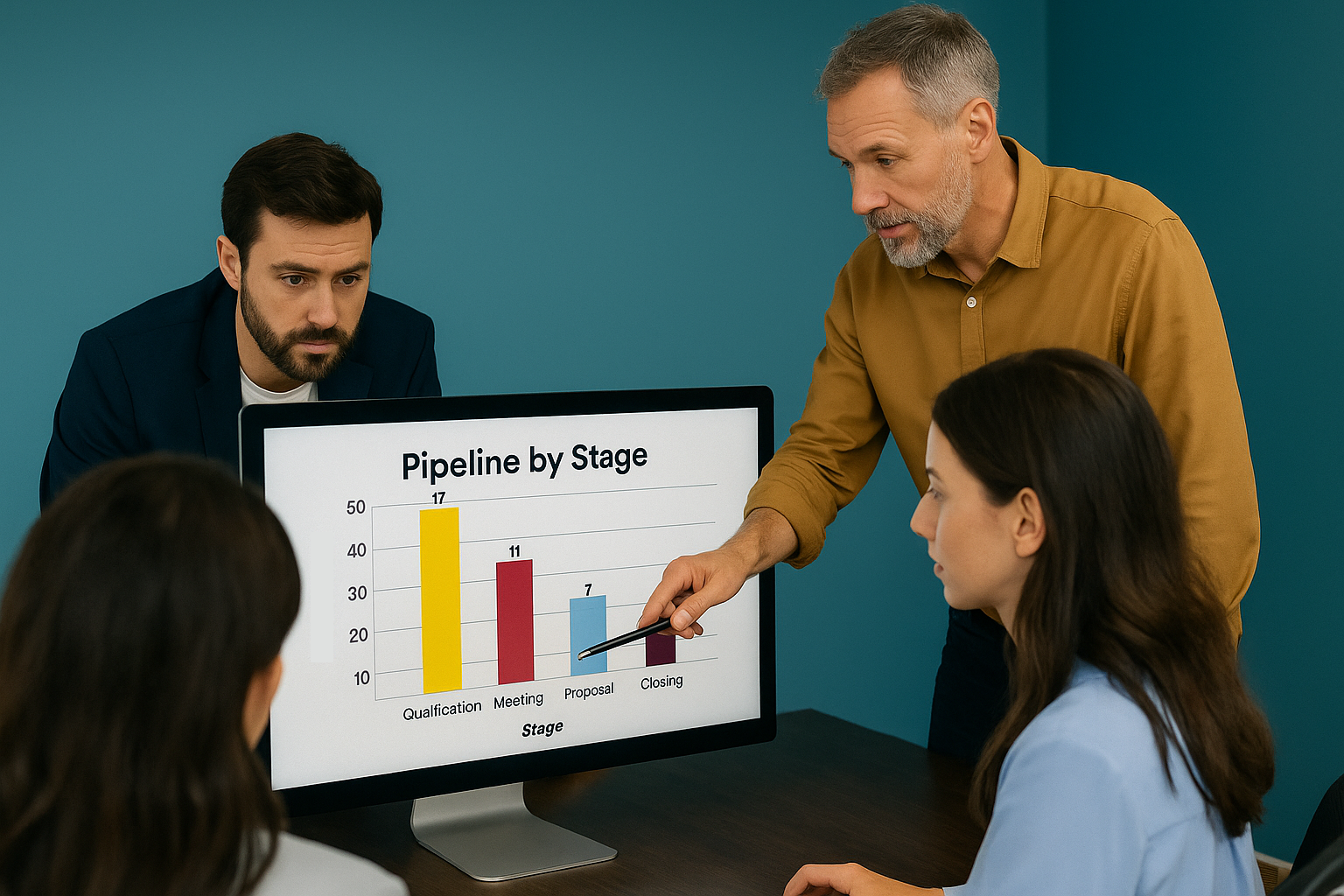
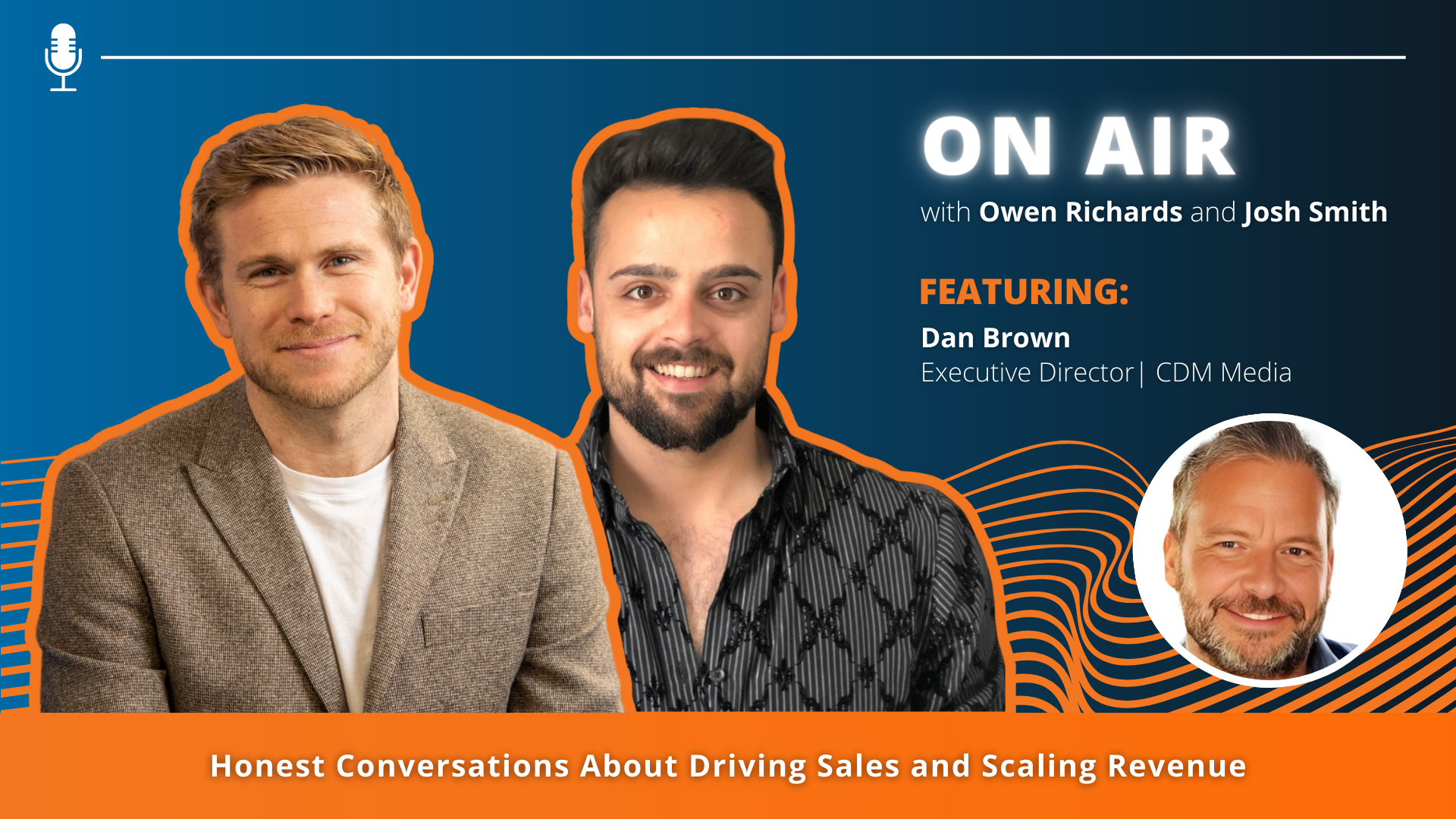
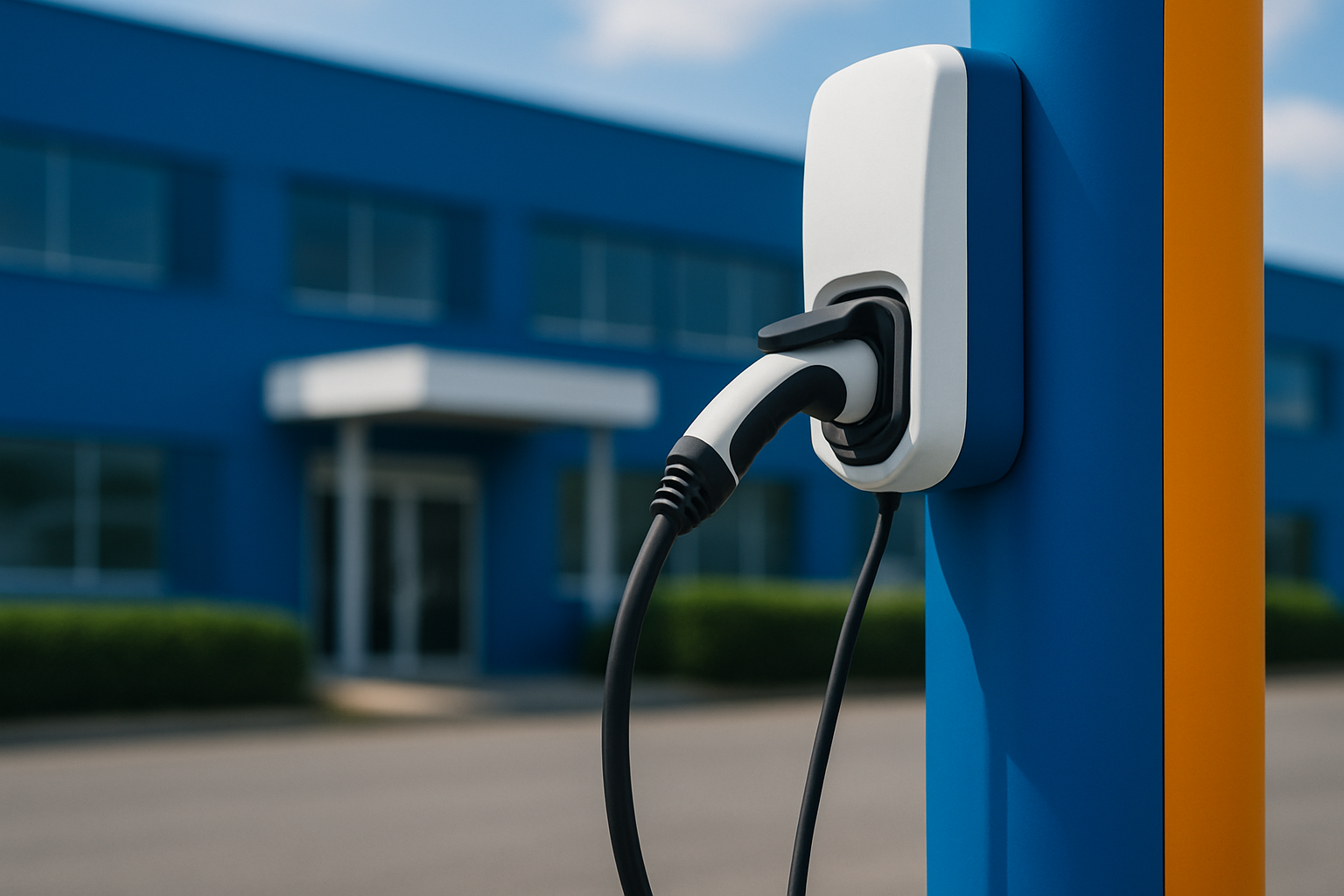
 Talk in commercial language, not carbon
Talk in commercial language, not carbon